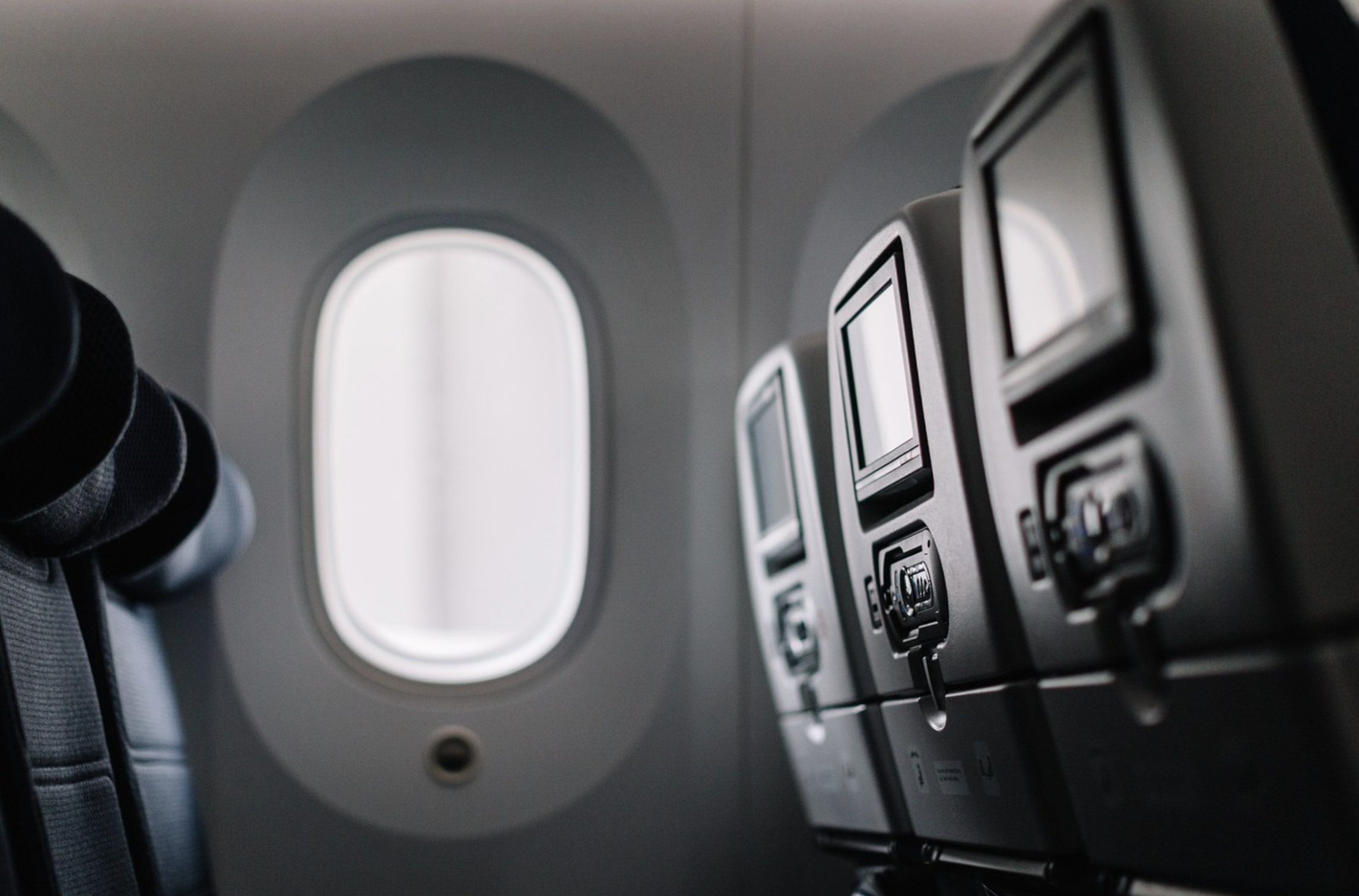
[객원 에디터 8기 / 박준우 기자] Boeing has recently plead guilty to a criminal fraud conspiracy charge, paying a fine of $243.6 million to resolve a U.S. Department of Justice (DOJ) investigation into two fatal crashes in October 2018 and March 2019.
The DOJ’s investigations have exacerbated an ongoing crisis at Boeing, involving the Alaska Airlines door plug case back in January where it was revealed that no bolts were installed on the door plug of the aircraft, exposing critical safety issues in the Boeing 737 MAX and the airline’s operations.
The 737 MAX was announced in 2011 as a 737 with larger engines to compete with the A320neo, a model with a similar purpose made by Boeing’s main competitor, Airbus. It boasts an advanced flight deck with an upgraded cabin that is fitted with LED lights and larger windows. It advertised advanced winglets that allowed it to save more fuel and a 14% lower maintenance costs than the A320neo.
On October 29th, 2018, just 13 minutes after takeoff, Lion Air Flight 610 crashed into the ocean, killing all 189 passengers and crew members on-board, marking the first major accident and hull loss of a 737 MAX.
Public attention was initially focused on a flight-control system that Boeing did not disclose to the general public. The Maneuvering Characteristics Augmentation System (MCAS) was installed to prevent stalls in specific flight angles and flight configurations. However, an Indonesian investigation found that the system pushed the nose of the plane down more than 20 times as the Lion Air pilots struggled against it.
5 months later, Ethiopian Airlines Flight 302 crashed after takeoff, killing 157 passengers and crew. Within days, the FAA ordered the grounding of all 737 MAX jets.
An investigation revealed similarities to Lion Air Flight 610, indicating that the pilots attempted to follow Boeing’s instructions for an MCAS but could not level the plane manually due to its high speed.
The plane would stay grounded for 20 months until it resumed operations on November 18th, 2020. In September 2022, Boeing then reached a settlement of $200 million over fraud charges brought forth by the DOJ.
On January 5th, 2024, a panel covering an unused emergency exit door blew off a 737-9 MAX during Alaska Airlines Flight 1282. Although this incident resulted in no injuries, it sparked yet another investigation that revealed that no bolts were installed on the door plug of the Boeing 737-9 MAX.
Finally, in July 2024 , Boeing pleaded guilty to a criminal fraud conspiracy charge over the two crashes in 2018 and 2019. This plea may threaten Boeing’s ability to secure profitable government contracts, but spares it a lengthy trial that could lead to additional public scrutiny.
Sources: Reuters, Boeing, Associated Press News, Los Angeles Times, National Public Radio, Evionic, NBC News





